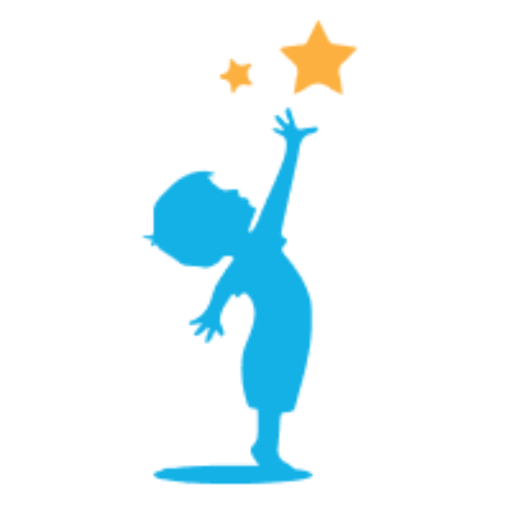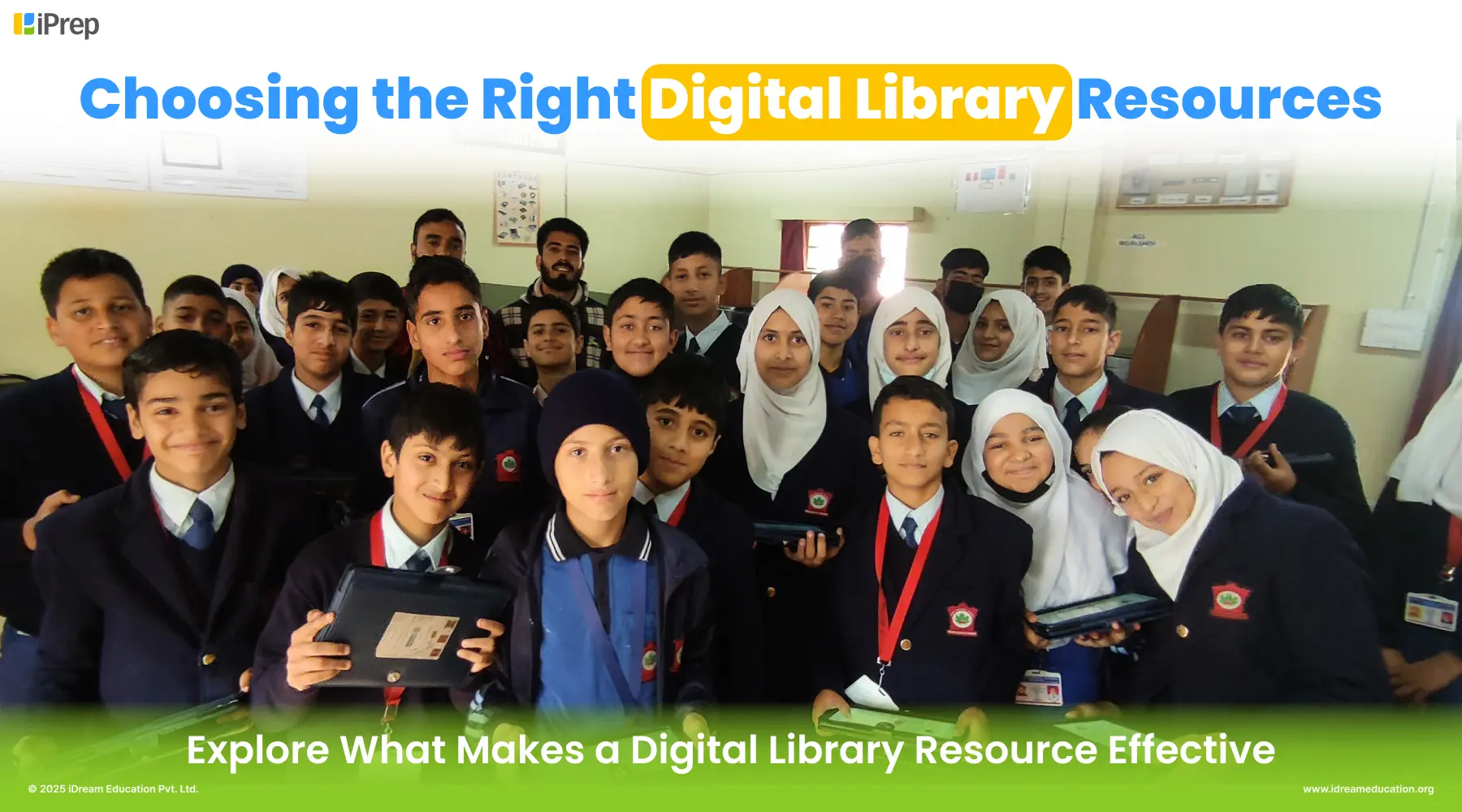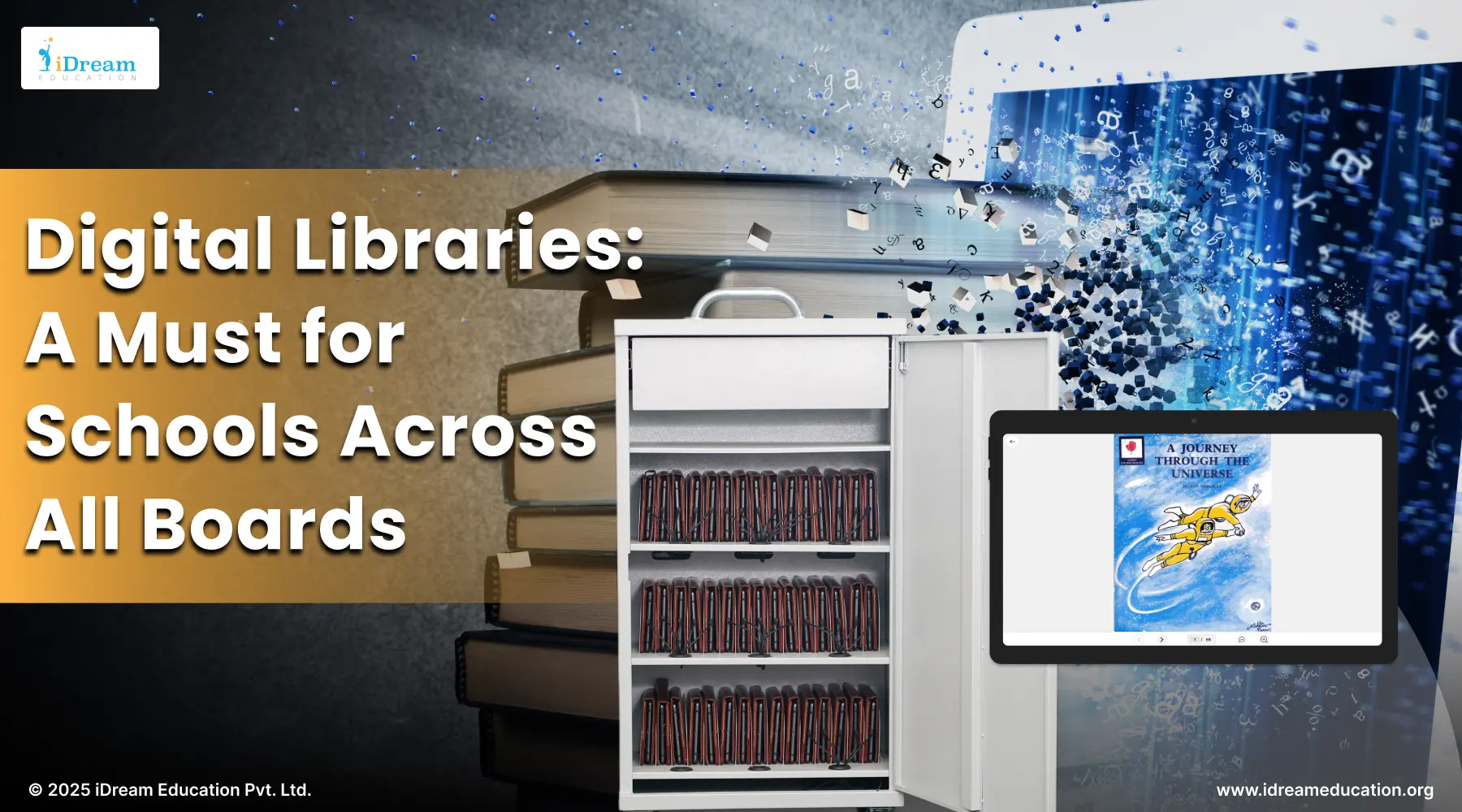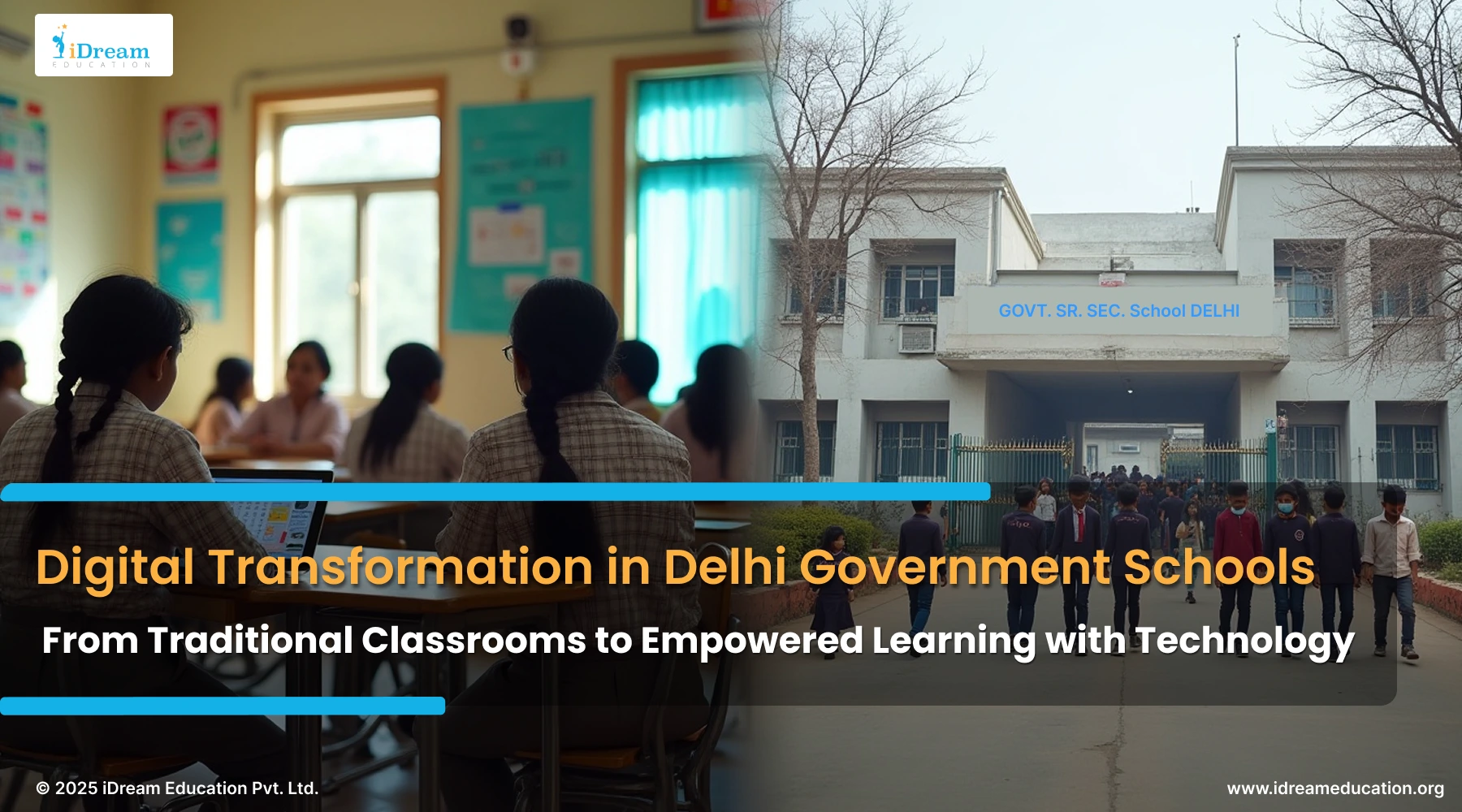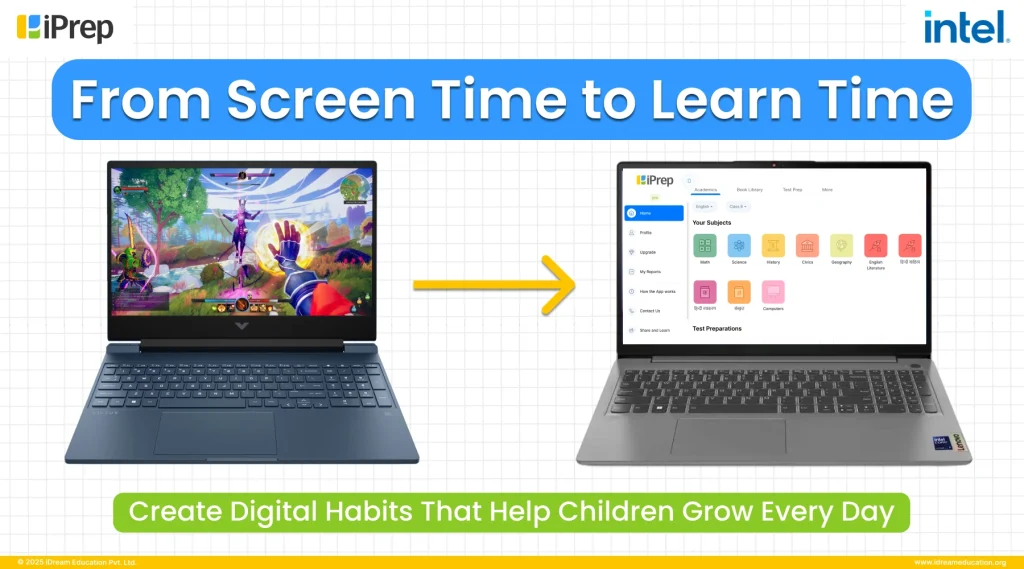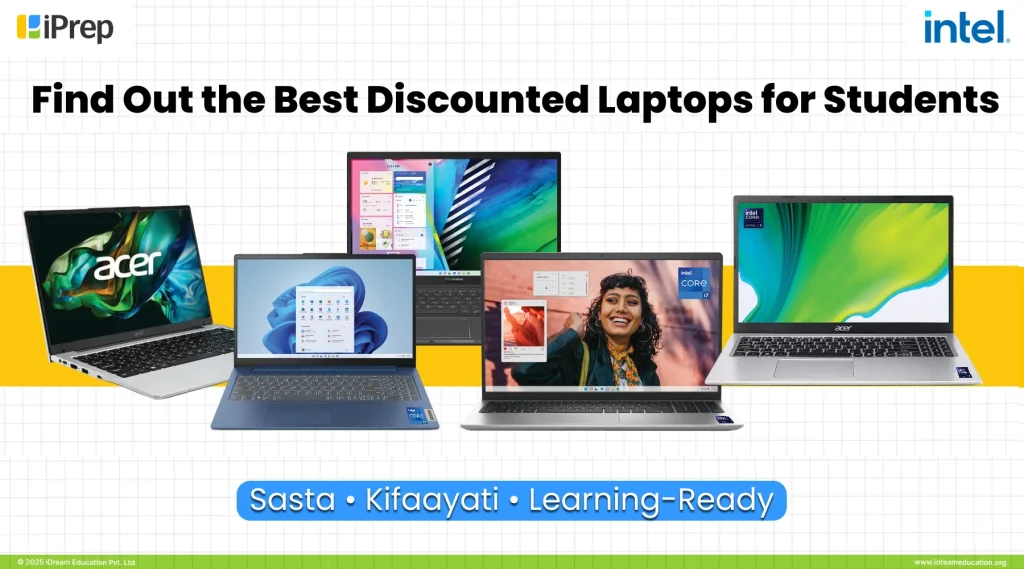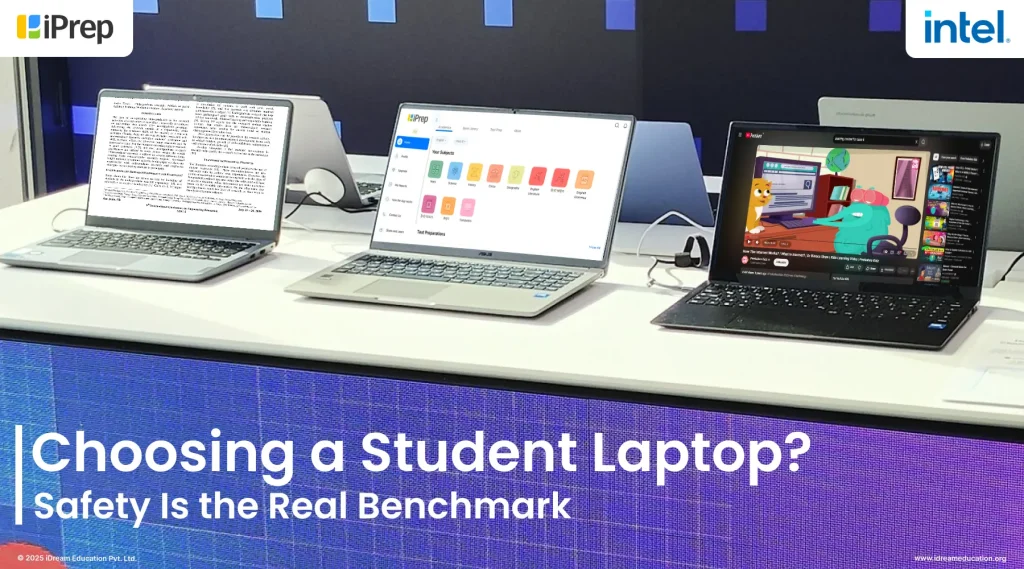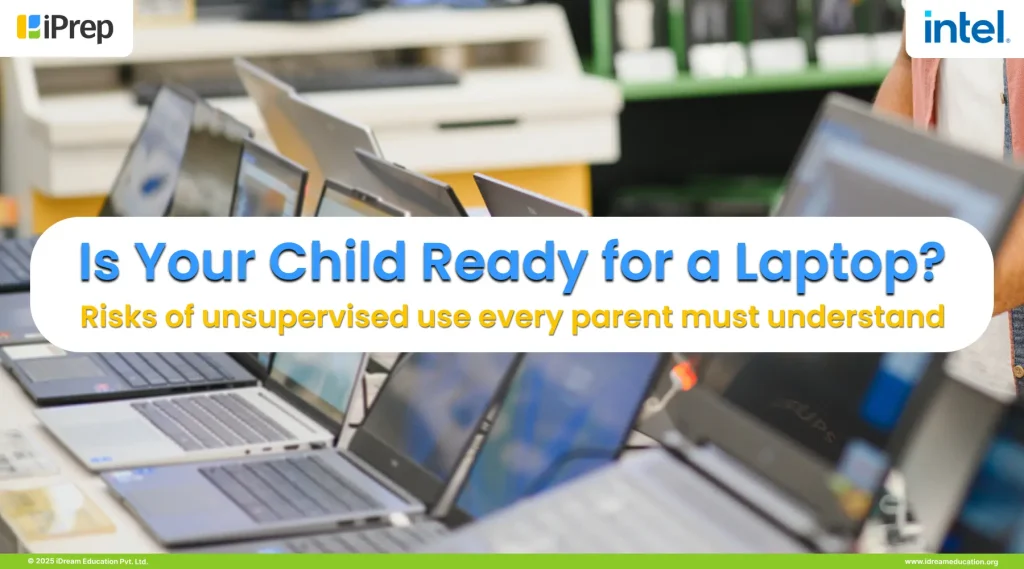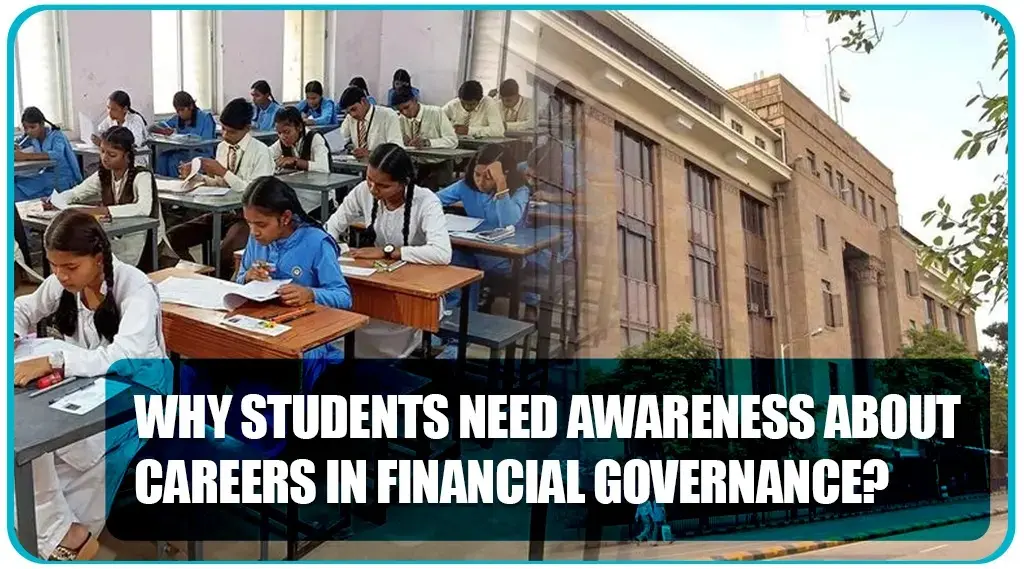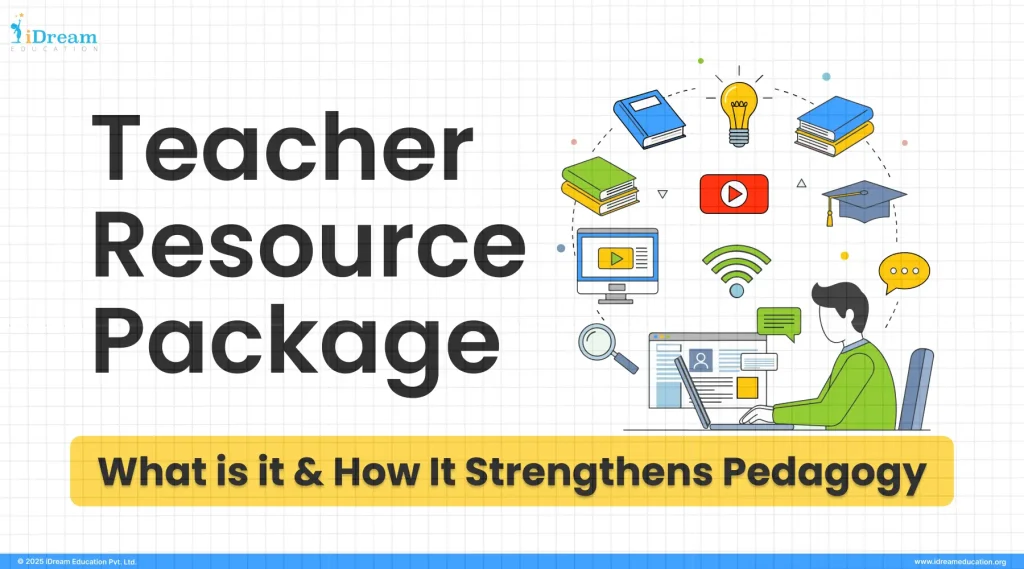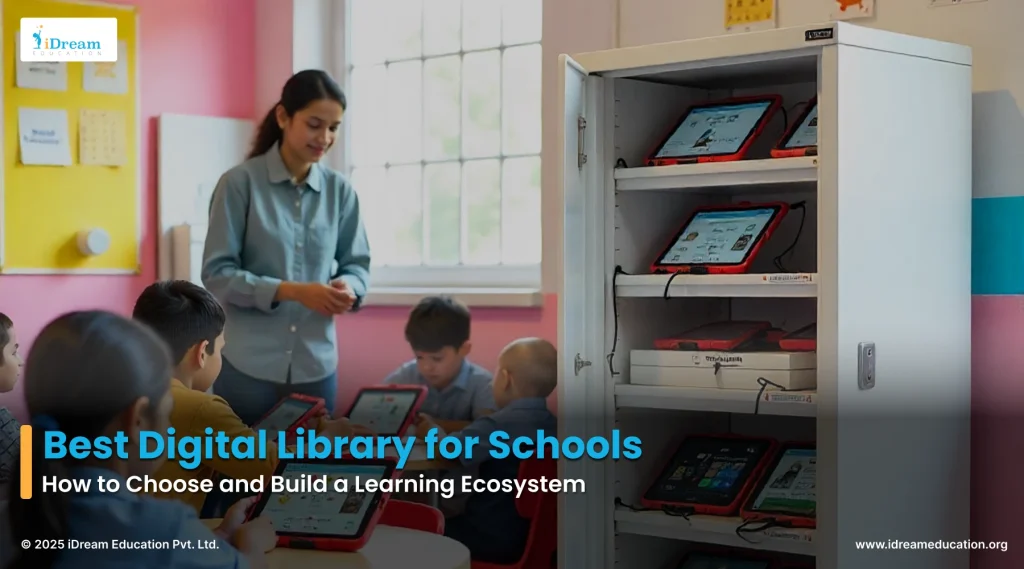
Learning Space for Everyone with the Best Digital Library for Schools
Imagine a classroom where students aren’t limited by outdated textbooks or the shortage of library copies. That’s exactly the impact the best digital library for schools can bring. Today, digital libraries are becoming the core of teaching and learning, combining books, videos, interactive quizzes, and stories into one easy-to-use platform. But not all digital library solutions are equal. The most effective ones don’t just offer content, they build an environment where every learner feels motivated and teachers receive the tools and support needed to make lessons engaging and meaningful.
This blog will walk you through what makes a digital library truly effective, especially in the Indian school context. From choosing the right platform and making it work offline, to supporting multiple languages and building a long-term learning ecosystem, this is your complete guide to getting it right.
Why Are Digital Libraries Becoming a Game Changer in the Education Industry?
Learning Without Limits
Imagine a classroom where learning isn’t held back by a lack of books or old, worn-out textbooks. That’s the promise of digital library platforms for schools. They put a full set of learning tools, books, videos, activities, and quizzes right at the fingertips of students and teachers, all in one place.
Bridging the Access Gap
Many government and rural schools face challenges in keeping textbooks updated or even available in sufficient quantity. The best digital library for schools addresses this by providing rich content accessible even in low-internet environments. With offline functionality and preloaded educational resources, these platforms ensure students receive uninterrupted learning regardless of location.
Made for Real Classrooms
Digital libraries are built with real classroom needs in mind. As the curriculum evolves, the content updates automatically. Teachers can also easily assign homework and monitor student progress through the platform. This way, teaching becomes more focused and less dependent on manual work.
Works on What Schools Already Have
Even if schools don’t have the latest tech, digital libraries still make learning possible. From shared tablets to staff room desktops or smart TVs, students can stay engaged and keep learning. Most importantly, this flexibility ensures that limited resources don’t stop education for any child.
What Defines the Best Digital Library for Schools?
Choosing a digital library might seem as simple as picking the one with the most books. But the truth is, it’s about a lot more than just quantity. The best digital library can completely change how your students learn and how your teachers teach. Here’s what actually matters when you’re deciding.
It’s Not Just Textbooks — It’s About the Right Mix
The best digital library for students should feel like a real learning space, not just a folder of e-books. That means offering a variety of resources. Think storybooks, poems, lesson videos, animated explainers, quizzes, and even fun activities that match the subjects students are studying.
When students have access to different formats, they stay engaged longer. It’s common to see students voluntarily explore topics beyond the classroom just because the content is fun and easy to understand. That kind of curiosity sticks with them for life.
Use What You Already Have
Schools don’t always have extra money to buy new gadgets. So a smart digital library should work smoothly on the devices you already have, whether that’s tablets, older laptops, or desktop computers.
Let’s face it, the Internet isn’t always reliable, especially in smaller towns or rural schools. The good thing is, many digital libraries now offer offline options. Some use preloaded content on SD cards, USB drives, or a local server that works inside the school. This way, students can keep learning even when the internet isn’t available.
Supports Regional Languages and School Boards
One of the good things about the best digital library for schools is that it respects where students come from. That means offering content not just in English, but also in regional languages like Hindi, Marathi, Tamil, Bengali, and others.
The lessons should also match the school’s syllabus, whether it’s CBSE, state board, or any other curriculum. That way, what students see in the digital library supports what they’re learning in the classroom. It gives teachers confidence when assigning digital homework or practice exercises.
Easy Enough for Everyone to Use
If a digital library is too complicated to use, no one will use it, no matter how great the content is. The best platforms keep things simple. Clear labels, organized sections, and a search tool that actually works can make a big difference.
Teachers can quickly find what they need for their lesson plans, and students won’t feel lost trying to explore the content on their own. The easier it is, the more it becomes part of everyday learning.
Helps Teachers Know What’s Working
A big advantage of digital platforms is data. Some digital libraries give teachers reports showing how students are engaging with the content. This helps identify who’s doing well and who might be struggling.
Instead of guessing, teachers can see the patterns and use that insight to give better support. It’s like having an extra set of eyes helping them make learning more personal for every student.
Fits the Budget and Grows with the School
Budget is always a big concern, especially for schools in rural areas or with limited funding. The best digital library should be affordable, and even more importantly, scalable.
That means you can start small and expand as your school grows. Whether you’re adding more students, devices, or subjects, the library should be able to handle it without needing a complete overhaul or costing a fortune.
Steps to Set Up a Digital Library in Your School
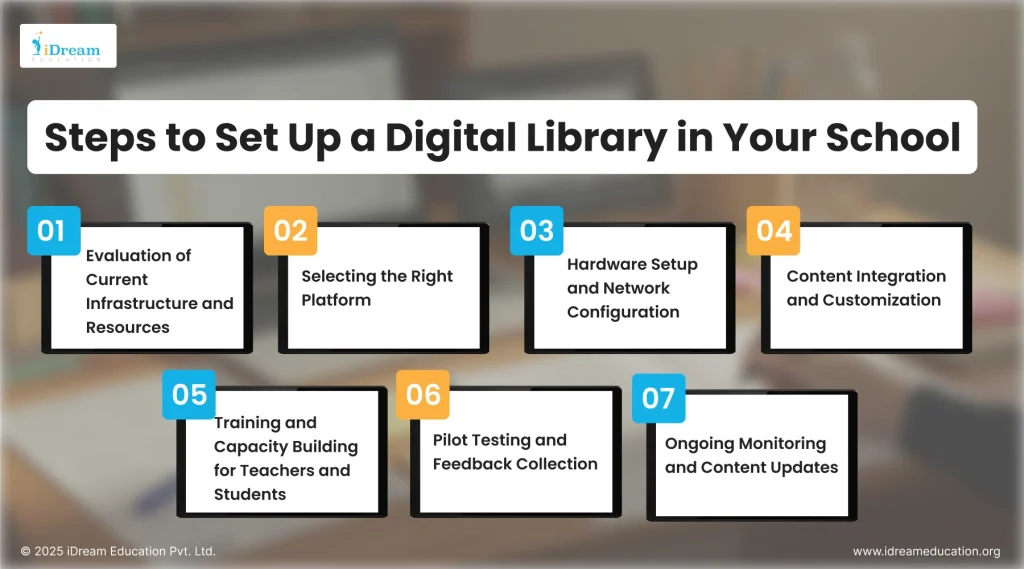
Here’s how schools can build a system that supports students and teachers.
- Evaluation of Current Infrastructure and Resources
Do a basic tech and connectivity audit to set up the digital library for schools. What devices are available: desktops, tablets, laptops? How stable is the internet? If reliable internet is an issue, consider offline-capable or local-server digital libraries that don’t depend on constant connectivity.
- Selecting the Right Platform
Pick a platform that matches your syllabus, works in multiple languages, and is simple to use. Choose platforms aligned with national or state boards. If cost is a concern, as detailed in the affordable digital library for schools blog, which outlines practical options suitable for various school settings.
- Hardware Setup and Network Configuration
Place devices accessibly. Choose local servers or cloud setups based on your internet connection. Learn more in digital libraries for schools. Install devices in student-friendly places
- Content Integration and Customization
Bilingual digital libraries offer subject-wise books, videos, and activities in multiple languages, making learning inclusive and easy to follow.
- Training and Capacity Building for Teachers and Students
Conduct regular training to help users navigate the library and tools. Simple workshops boost usage. See digital class equipment and teacher tips for guidance.
- Pilot Testing and Feedback Collection
Before scaling, run a small pilot. Let a few classes use the system. Ask for feedback. Improve it based on real experiences from students and teachers.
- Ongoing Monitoring and Content Updates
Use data to see which content is working. Update resources often. Maintain devices and ensure the system stays active and useful over time.
By following these steps, your school can set up a sustainable best digital library environment, transforming education practices.
Maximizing Student Engagement and Effective Content Curation
Creating a digital library is just the beginning the real impact comes when students actively engage with it. That requires smart content choices and meaningful usage strategies.
Ways to Promote Student Involvement
- Interactive and Varied Content
Students remain interested when presented with a variety of content types. Videos, quizzes, animations, and storybooks complement standard ebooks, making learning more enjoyable, interesting, and memorable. Adding tasks that encourage students to think critically or apply concepts helps deepen understanding to complete the tasks. - Personalized Learning Paths
Many modern digital libraries offer features where students can go through personalized learning paths tailored to their abilities, interests, and pace. This keeps students motivated as they feel the content is suited to the progress of their studies. - Gamification and Rewards
Incorporating features like leaderboards, points, or badges encourages healthy competition and motivates constant use. These small incentives can promote curiosity and make reading or finishing assessments feel worthwhile for the students. - Teacher Involvement
As teachers begin to guide students in using the best digital library for assignments, group work, or research, engagement naturally increases. Therefore, regular training for educators is crucial, as it helps them confidently integrate digital tools into their everyday teaching. - Peer Learning Opportunities
Supporting group activities through the best digital library or encouraging students to share favorite resources promotes community learning and maintains the platform lively and relevant for everyone.
Curating Content That Resonates
- Aligning with Curriculum and Local Needs
Select content that matches your school’s curriculum and state educational standards to guarantee relevance and easy integration. This includes textbooks, practice tests, and supplementary subjects that help fill learning gaps. - Multilingual and Inclusive Resources
Adding materials in local languages assists students who may struggle with English-only resources. Content that reflects the cultural context of your learners helps them relate more effectively and increases retention. - Age and Skill Appropriateness
Make sure the content matches the grade level and learning capability of your students. Varied reading levels and increasing complexity keep all learners challenged yet confident. - Regularly Updated and Verified Content
Curriculum standards and subjects change, so regularly update your digital library to keep it current. Work with providers that maintain quality controls and check the accuracy of educational materials.
Supporting Teachers with Content Selection
Teachers benefit when content is pre-organized by topic and difficulty, with pre-made lesson plans or activity ideas. Dashboards that monitor class usage and student progress help teachers adjust their strategies and recognize which students might require more assistance.
Advances in Bilingual Digital Library Platforms
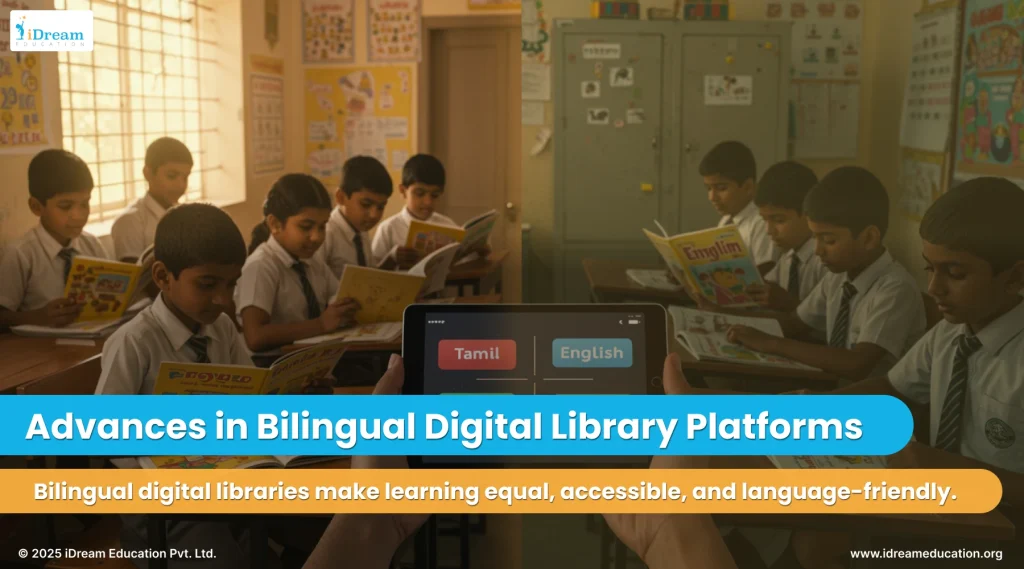
Bilingual digital libraries are especially valuable in schools with diverse language backgrounds. By offering content in both English and local languages, they ensure all students can engage meaningfully, even if English isn’t their first language.
Why Bilingual Platforms Matter
- Equal Access: Students learn better and faster when content is available in their primary language. Bilingual resources assist in bridging language gaps, enabling students to understand complex subjects like science and mathematics more confidently.
- Cultural relevance: Including local stories, poems, and history in regional languages helps students connect with their roots while learning academic subjects through best digital library for schools.
- Smoother Transition: For younger learners or those moving to English-medium schools, having the option to switch between languages minimizes anxiety and supports continuous learning.
- Wider Teacher Reach: Bilingual digital libraries empower teachers to assign significant homework to students with different levels of proficiency and to offer additional support to those who need it.
Implementation Examples
Schools have successfully adopted bilingual digital library platforms by:
- Uploading textbooks and storybooks in both English and local languages.
- Providing quizzes and interactive modules that allow students to switch between translations.
- Selecting platforms where content is tagged by language, subject, and grade, making it simple to discover and assign the right materials to each class.
Notably, platforms like those created by iDream Education offer complete bilingual support, covering national and state board curricula and a wide array of enrichment content. For more insights, explore resources on tagged bilingual digital library platforms for schools, which outline setup best practices and case studies of successful integration in multilingual classrooms. With real-world success stories, such as the student empowerment witnessed in Coimbatore through iPrep digital library initiatives, underscore how thoughtful implementation creates real educational transformation.
Steps to Enhance Bilingual Integration
- Survey student and family language needs to determine which regional languages should be prioritized.
- Choose the best digital library platform with built-in bilingual support to make content selection and use seamless for everyone.
- Work with a digital library provider who can supply accurate translations and localized stories alongside core academic materials.
- Train teachers to leverage bilingual features for differentiated instruction and inclusive lesson planning.
Final Thoughts: Building a Sustainable Digital Learning Future
Selecting and implementing the best digital library is a critical step toward fostering a vibrant, inclusive learning ecosystem. The best libraries integrate engaging, multidimensional content with teacher empowerment tools and offline accessibility, meeting the needs of students across diverse settings.
Thoughtful deployment, continuous training, and community involvement turn digital library for education platforms from technology tools into foundational elements of modern education.
Among the best CSR programmes, initiatives that introduce the best digital library for schools stand out for their ability to provide equal learning opportunities to students in both urban and rural areas.
If you’re looking to provide your school with a cost-effective yet impactful digital library solution, then explore iDream Education’s offerings. Additionally, you can review our success stories, including affordable and best digital library options tailored for diverse school needs.
For more information, you may contact us at +917678265039. You can also write to us at share@idreameducation.org or share your details here.

